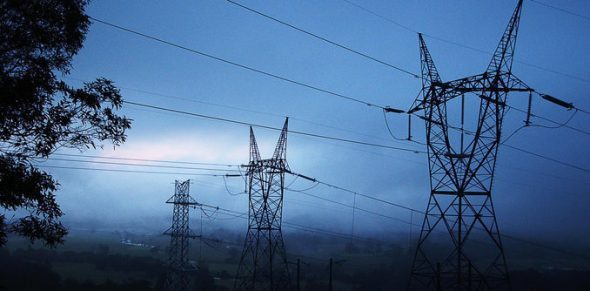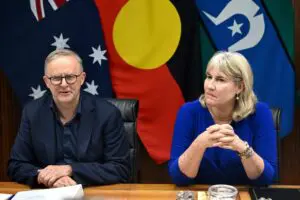“Australian energy policy took a wrong turn in the 1990s. It’s time to get back on course,” says John Quiggin, School of Economics Professor at the University of Queensland.
I couldn’t agree more. The current energy crisis, driven by the war in Ukraine and high coal and gas prices, and exacerbated locally by extreme stresses on the grid, feels like a watershed moment. Or at least, it should be.
When state governments sold off their power utility assets to pay down debt back in the ‘90s, this liberalisation of the Australian energy market – part of a broader privatisation drive – was generally welcomed.
There was a feeling that de-regulated, competition-driven privatisation, with state utilities broken into separate entities, would bring more benefits than public owned bodies.
But, as Professor Quiggin notes: “The designers of the national electricity market hoped it would lead to better efficiency and more rational investment decisions.
“The market also aimed to lower consumer power bills and promote competitive retail offers…but none of this happened.”
Essentially, it could be argued, governments created ‘markets’ on top of monopoly-provided services and stepped back from having any responsibility for power outages.
Now, over two decades later, the energy market is failing and we’re facing a dual crisis of soaring prices and energy supply issues.
As Tony Wood put it, “Unable to keep up with adolescent renewable energy generation, Australia’s geriatric thermal generation is shutting down, leading to energy insecurity and high prices.”
This perfect storm of events all came to a head in June when the market operator, AEMO, intervened to suspend the electricity market across eastern states and began setting fixed prices by taking a directional role in deciding which power stations should generate energy and when.
In light of this, I welcome the recent decision by the Victorian government to revive the State Electricity Commission (SEC) as part of a $1billion investment in renewable energy projects as it seeks to significantly reduce its emissions and reach a target of 95% renewable energy by 2035.
It has been suggested that this plan is “new evidence that the National Energy Market, which links most of the nation’s power systems, is no longer fit for purpose.”
My view is that government should deliver our community a public good. They’re able to take on the project and finance risk that large scale generation investments create, because the outcome for society is long term public benefit.
While vote-winning net zero goals are a critical destination, we won’t reach that end point unless generation is properly funded, built and connected. This proposal, should Labor be re-elected in Victoria in November, demonstrates that state governments have the opportunity to fill the vacuum left by the federal government.
Victoria’s potential government intervention will take us back to pre-market days – and that’s not a bad thing. Many people, like me, believe it’s sensible that government fund big projects.
In the UK, which also de-regulated its markets in the ‘90s, the government is currently consulting on a major overhaul of the electricity market.
It’s considering radical ideas like average pricing rather than marginal pricing, using localised pricing so prices are cheaper close to generation sources, and splitting the market between renewable and fossil fuel generation.
To date, Australia has seen limited wholesale market reform at a federal level. Despite the energy crisis afflicting the east coast, the discussion for market reform remains non-committal, tiny, and tired. Relying on future renewables that won’t help Australian businesses going broke today.
An opportunity for market reform exists. The question is whether federal and state governments will focus on the mechanics of delivering low cost, low emissions energy to customers today and not just on strategies that deliver on those goals in the future.
The danger is the energy market’s ossified institutions don’t have the vision to make the changes our energy markets need. For Australia’s energy consumers, that would be a terrible tragedy.
Bruce Macfarlane is Interim CEO and Director of Energy Action










